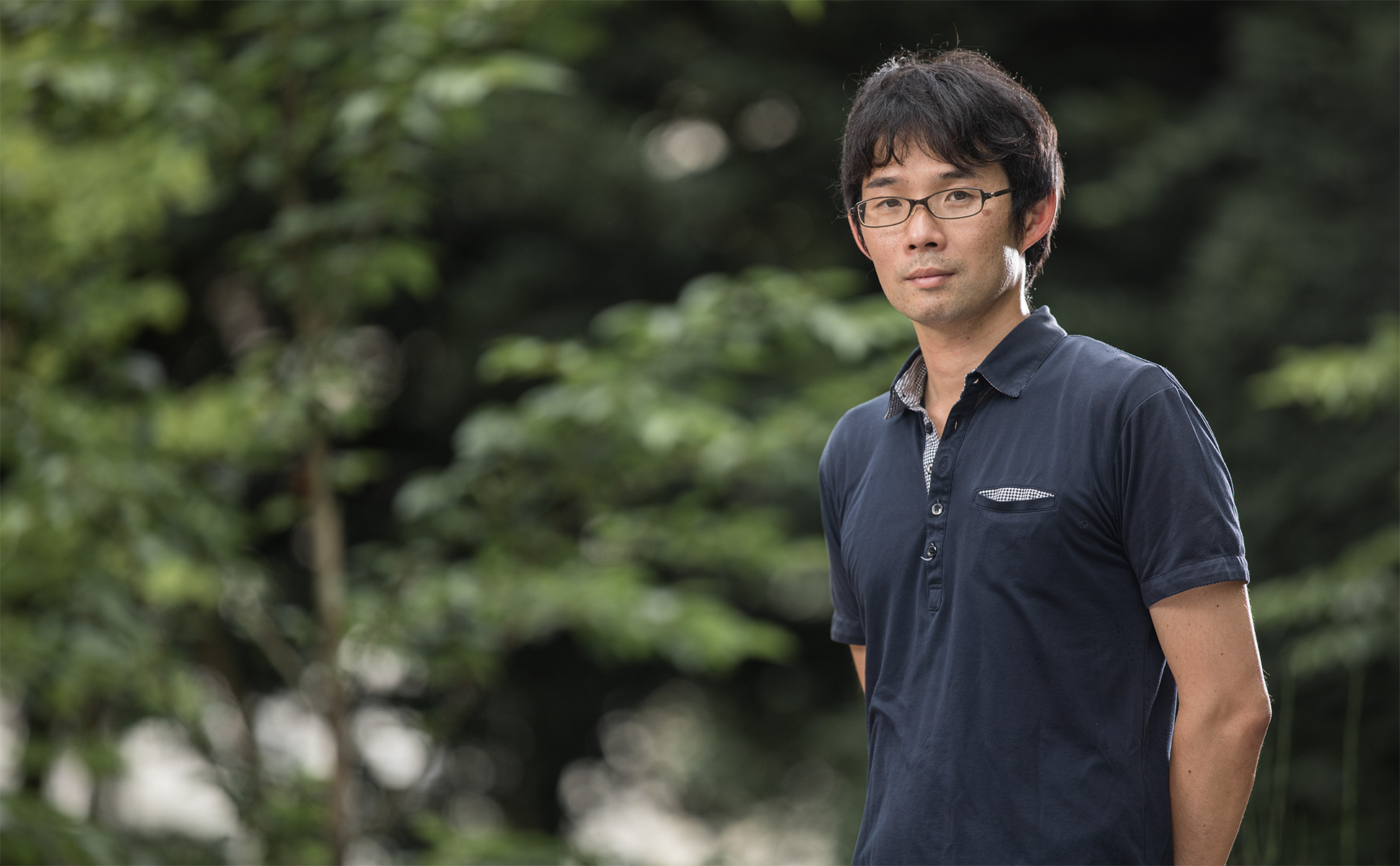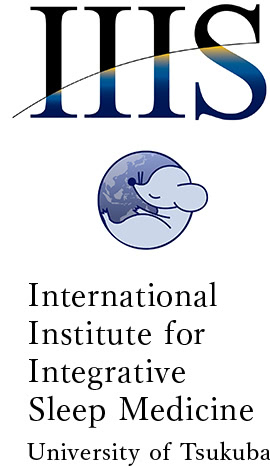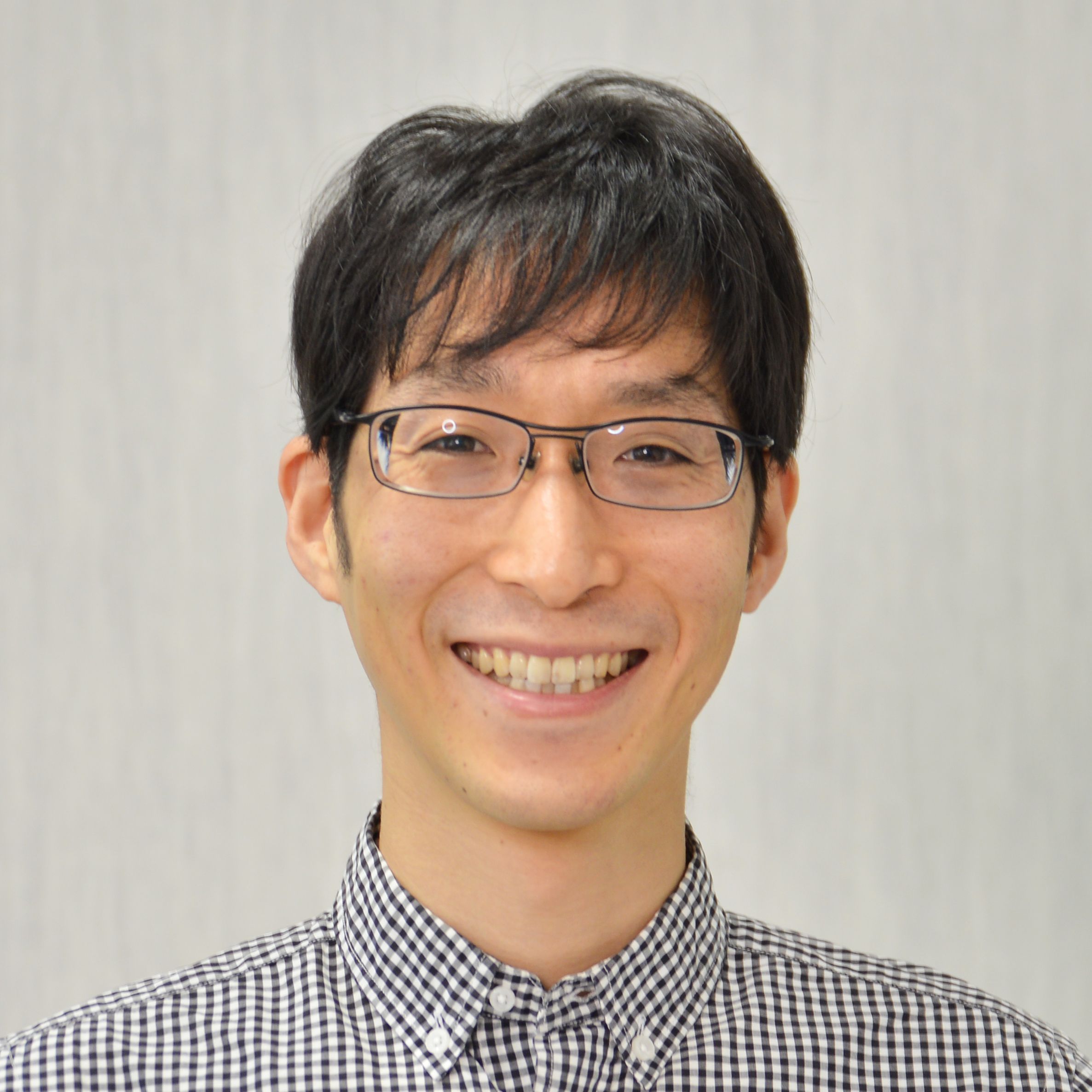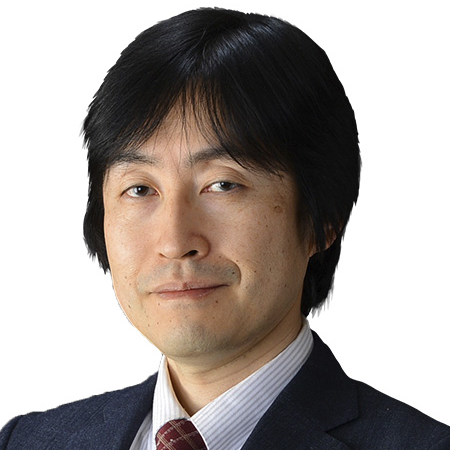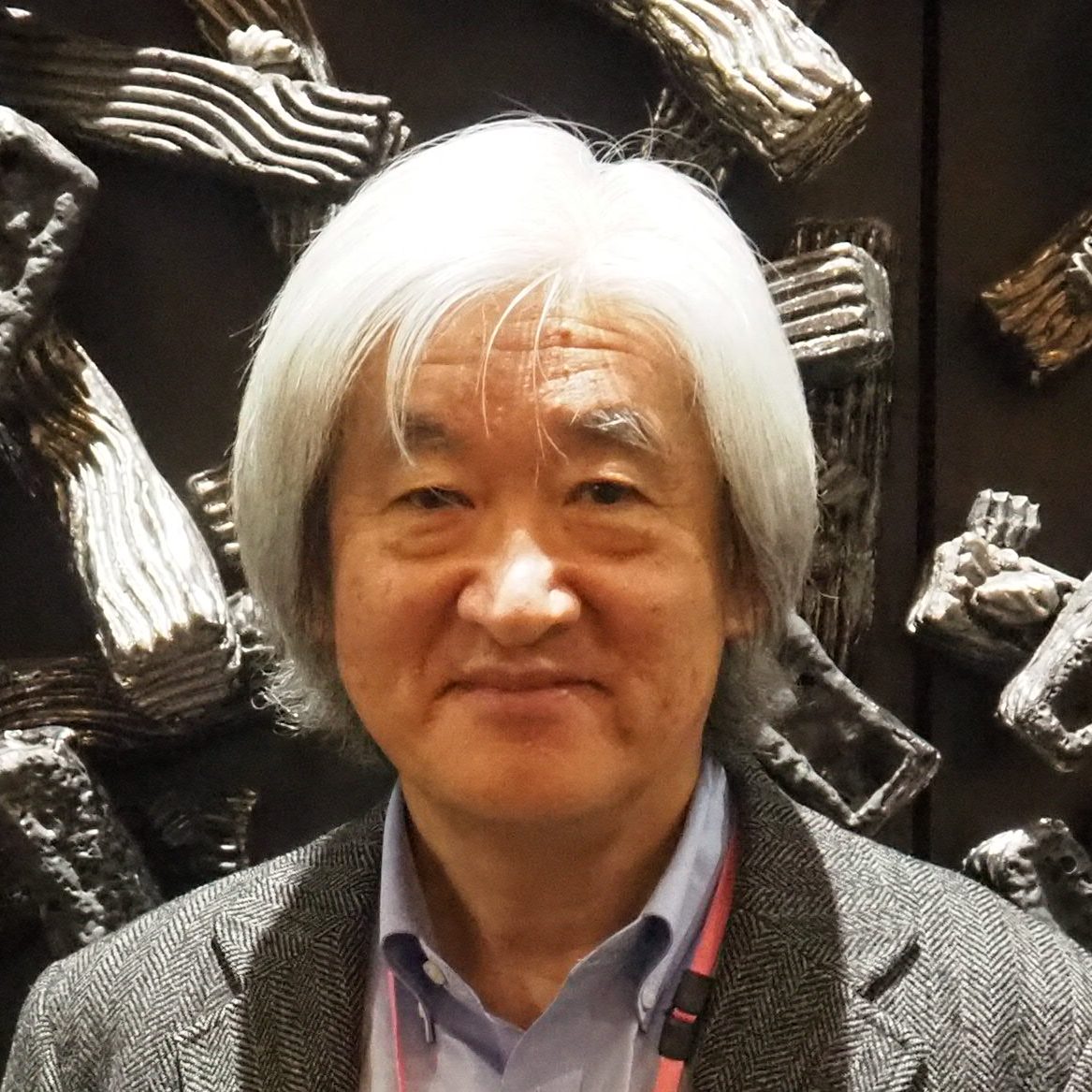01 Research Summary
Sleep is indispensable. However, the function of sleep remains largely unknown. During sleep, the level of consciousness is lowered and the risk of being attacked by predators increases. Yet most animals undergo sleep, suggesting that sleep plays some conserved vital roles. We address the function and evolutionary origin of sleep using the roundworm Caenorhabditis elegans and mouse. The nervous system of C. elegans consists of merely 302 neurons. We previously obtained evidence suggesting that sleep in this simple animal and mammalian sleep are evolutionarily conserved. Furthermore, in mice, we successfully identified neurons that are crucial for the regulation of REM sleep, the major source of vivid dreams, and established mice where REM sleep could be efficiently inhibited. Using these two model animals, we aim to elucidate the roles of sleep at multiple levels from molecular and cellular to individual levels.
| Link |
|---|
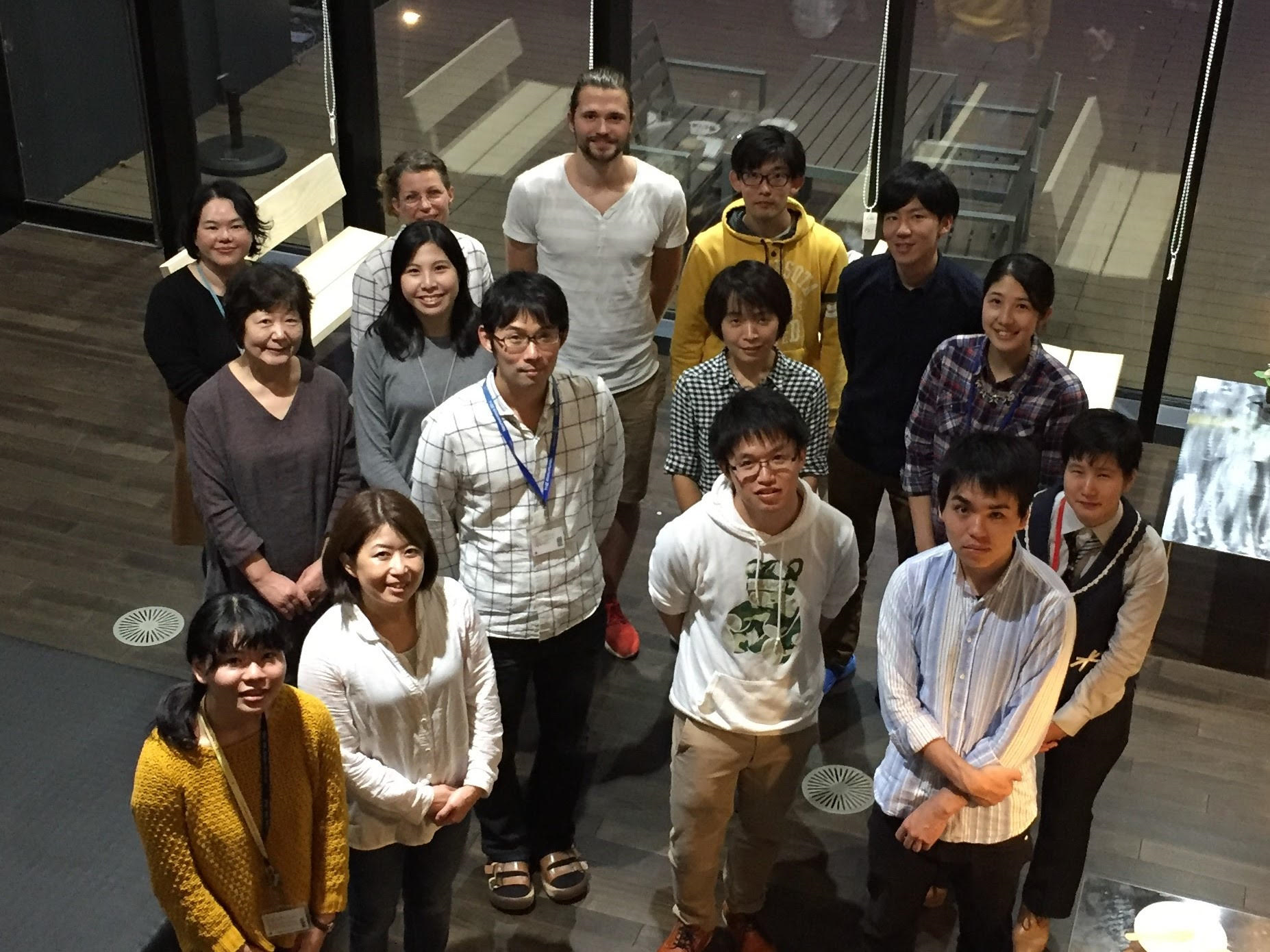
Hayashi Laboratory
02 Major achievements
Mitsuaki Kashiwagi, Goichi Beck, Mika Kanuka, Yoshifumi Arai, Kaeko Tanaka, Chika Tatsuzawa, Yumiko Koga, Yuki C. Saito, Marina Takagi, Yo Oishi, Masanori Sakaguchi, Kousuke Baba, Masashi Ikuno, Hodaka Yamakado, Ryosuke Takahashi, Masashi Yanagisawa, Shigeo Murayama, Takeshi Sakurai, Kazuya Sakai, Yoshimi Nakagawa, Masahiko Watanabe, Hideki Mochizuki, Yu Hayashi. A pontine-medullary loop crucial for REM sleep and its deficit in Parkinson’s disease. Cell 187(22):6272 (2024)
Taizo Kawano, Mitsuaki Kashiwagi, Mika Kanuka, Chung-Kuan Chen, Shinnosuke Yasugaki, Sena Hatori, Shinichi Miyazaki, Kaeko Tanaka, Hidetoshi Fujita, Toshiro Nakajima, Masashi Yanagisawa, Yoshimi Nakagawa, Yu Hayashi. ER proteostasis regulators cell-non-autonomously control sleep. Cell Reports 42(3):112267 (2023)
Shinichi Miyazaki, Taizo Kawano, Masashi Yanagisawa, Yu Hayashi. Intracellular Ca2+ dynamics in the ALA neuron reflect sleep pressure and regulate sleep in Caenorhabditis elegans. iScience 25(6):104452 (2022)
Chia-Jung Tsai, Takeshi Nagata, Chih-Yao Liu, Takaya Suganuma, Takeshi Kanda, Takehiro Miyazaki, Kai Liu, Tsuyoshi Saitoh, Hiroshi Nagase, Michael Lazarus, Kaspar Vogt, Masashi Yanagisawa, Yu Hayashi. Cerebral capillary blood flow upsurge during REM sleep is mediated by A2A receptors. Cell Reports 17:109558 (2021)
Mitsuaki Kashiwagi, Mika Kanuka, Chika Tatsuzawa, Hitomi Suzuki, Miho Morita, Kaeko Tanaka, Taizo Kawano, Jay W Shin, Harukazu Suzuki, Shigeyoshi Itohara, Masashi Yanagisawa, Yu Hayashi. Widely Distributed Neurotensinergic Neurons in the Brainstem Regulate NREM Sleep in Mice. Current Biology 30:1002 (2020)
Hiromasa Funato, Chika Miyoshi, Tomoyuki Fujiyama, Takeshi Kanda, Makito Sato, Zhiqiang Wang, Jing Ma, Shin Nakane, Jun Tomita, Aya Ikkyu, Miyo Kakizaki, Noriko Hotta-Hirashima,Satomi Kanno, Haruna Komiya, Fuyuki Asano, Takato Honda, Staci J. Kim, Kanako Harano, Hiroki Muramoto, Toshiya Yonezawa, Seiya Mizuno, Shinichi Miyazaki, Linzi Connor, Vivek Kumar, Ikuo Miura, Tomohiro Suzuki, Atsushi Watanabe, Manabu Abe, Fumihiro Sugiyama, Satoru Takahashi, Kenji Sakimura, Yu Hayashi, Qinghua Liu, Kazuhiko Kume, Shigeharu Wakana, Joseph S. Takahashi, Masashi Yanagisawa. Forward-genetics analysis of sleep in randomly mutagenized mice. Nature 539, 378-383 (2016)
Yu Hayashi, Mitsuaki Kashiwagi, Kosuke Yasuda, Reiko Ando, Mika Kanuka, Kazuya Sakai, Shigeyoshi Itohara. Cells of a common developmental origin regulate REM/non-REM sleep and wakefulness in mice. Science 350(6263):957-961 (2015)
03 Education/Academic background and major awards
Education/Academic background
| 2003 | B.S. Department of Biological Sciences, School of Science, University of Tokyo |
|---|---|
| 2008 | Ph.D. Department of Biological Sciences, Graduate School of Science, University of Tokyo Special Postdoctoral Researcher, RIKEN Brain Science Institute (BSI) |
| 2011 | Researcher, RIKEN Brain Science Institute (BSI) |
| 2013 | Principal Investigator, Assistant Professor, International Institute for Integrative Sleep Medicine (WPI-IIIS), University of Tsukuba |
| 2013-2017 | (Concurrent position) JST PRESTO (Sakigake) Researcher |
| 2016-2020 | Principal Investigator, Associate Professor, International Institute for Integrative Sleep Medicine (WPI-IIIS), University of Tsukuba |
| 2020-2022 | Professor, Department of Human Health Sciences, Graduate School of Medicine, Kyoto University |
| 2020-present | (Concurrent Position) Visiting professor (WPI-IIIS) and Principal Investigator,International Institute for Integrative Sleep Medicine (WPI-IIIS), University of Tsukuba |
| 2022-present | (Concurrent Position) Specific Professor, Department of Human Health Sciences, Graduate School of Medicine, Kyoto University |
| 2022-present | Professor, Department of Biological Sciences, Graduate School of Science, The University of Tokyo |
Awards
| 2020 | US NAM (National Academy of Medicine) Catalyst Award |
|---|---|
| 2019 | The Frontier Salon Nagase Prize (Special Prize) |
| 2017 | The Young Scientists’ Prize, The Commendation for Science and Technology by the Minister of Education, Culture, Sports, Science and Technology (MEXT) |
| 2016 | The 26th Tsukuba Encouragement Prize |
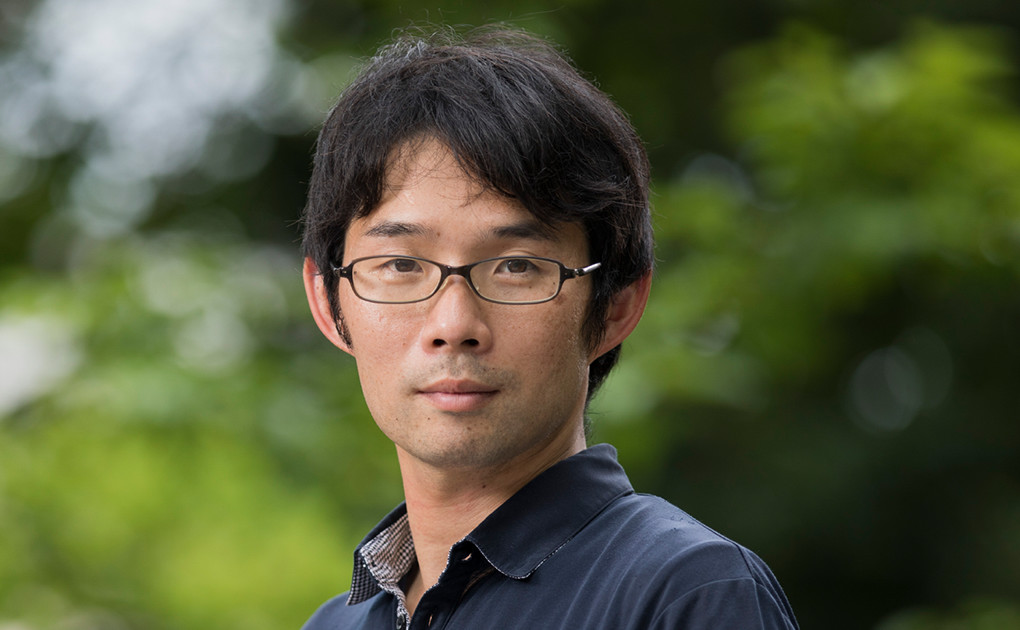
Why did you become a scientist?
To learn from nature
Nature has created lots of exciting phenomena and elaborate mechanisms that we humans could never have imagined. I hope to reveal such things and make good use of them for the public. Sleep is strongly linked to our everyday life and thus is an important topic both in terms of basic and applied science.
What are the characteristics of your lab?
Approaches using two animal species, mice and roundworms
Studies using two totally different animal species are ongoing, and discussions can often lead to unexpected ideas, allowing members to work with a wide perspective. In the course of evolution, the roundworm C. elegans acquired a very simple body plan by minimizing the number of cells. Thus, we expect that this simple model animal allows us to extract the most essential aspects of sleep. By contrast, mice are an ideal model animal for studying REM sleep, which is a state of many mysteries.
What are you most interested in lately
Capturing and observing wild animals
I often go to the brooks and woods to catch and observe wild animals such as insects, fish, amphibians and reptiles. I like to think this and that about the sleep in each animal.
Core Group
-

Neuroscience
Masashi Yanagisawa
-
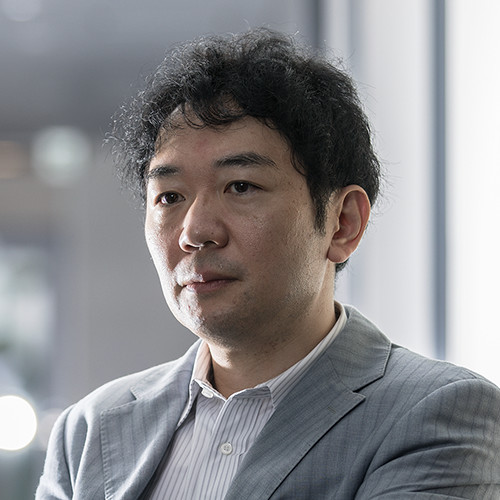
Neuroscience
Takeshi Sakurai
-

Neuroscience
Hiromasa Funato
-
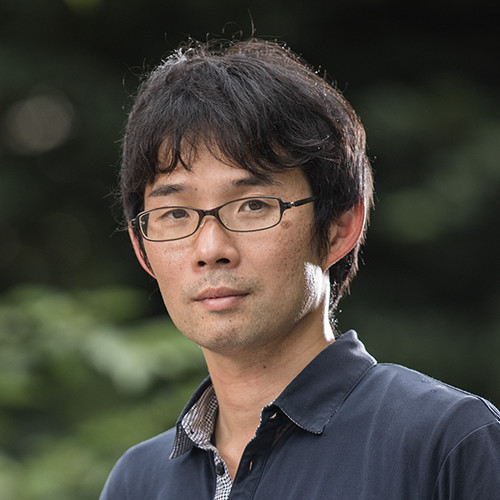
Neuroscience
Yu Hayashi
-

Neuroscience
Michael Lazarus
-
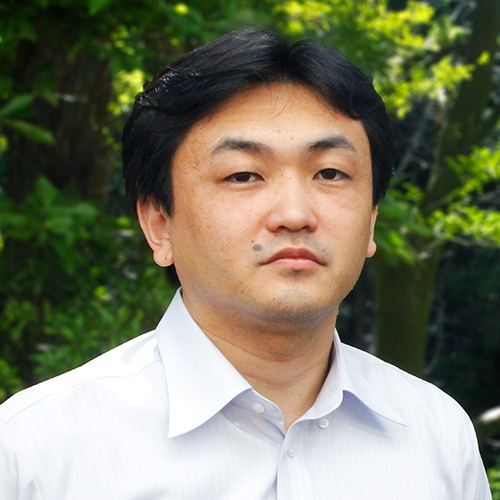
Neuroscience
Yo Oishi
-
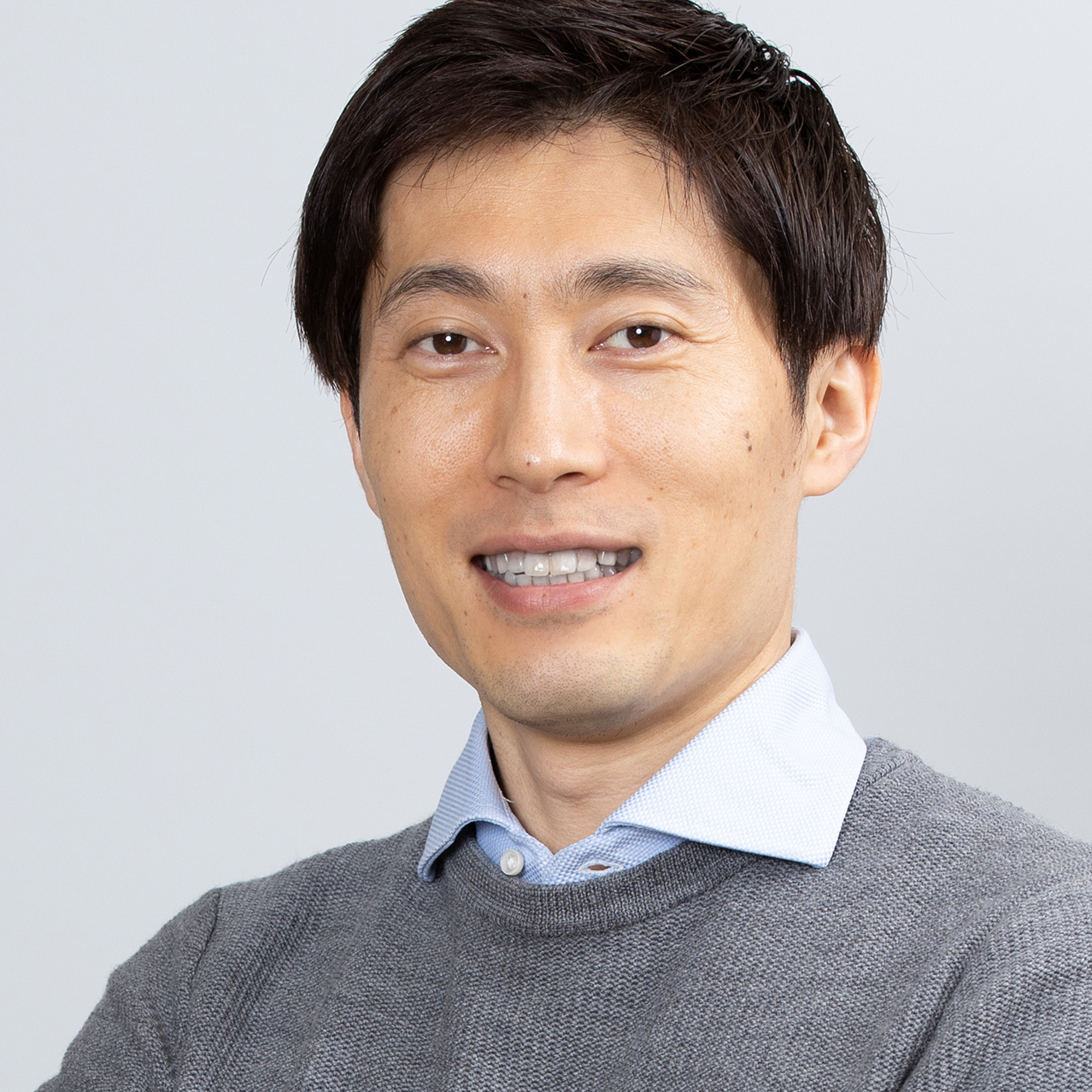
Neuroscience
Masanori Sakaguchi
-

Neuroscience
Kaspar Vogt
-
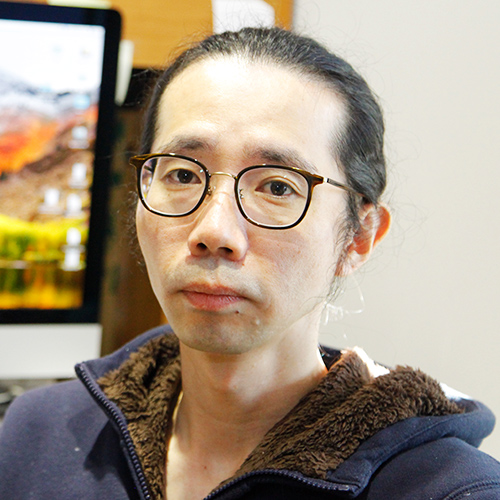
Neuroscience
Katsuyasu Sakurai
-
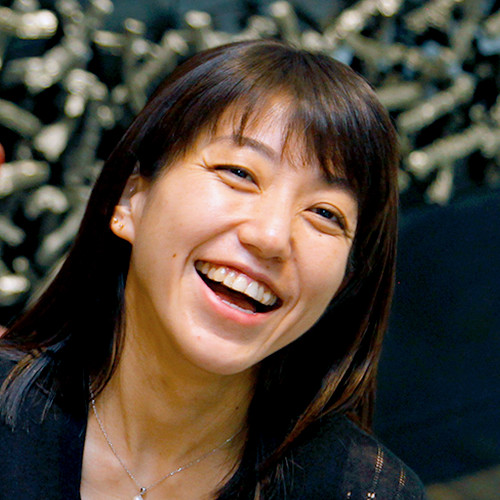
Neuroscience
Sakiko Honjoh
-
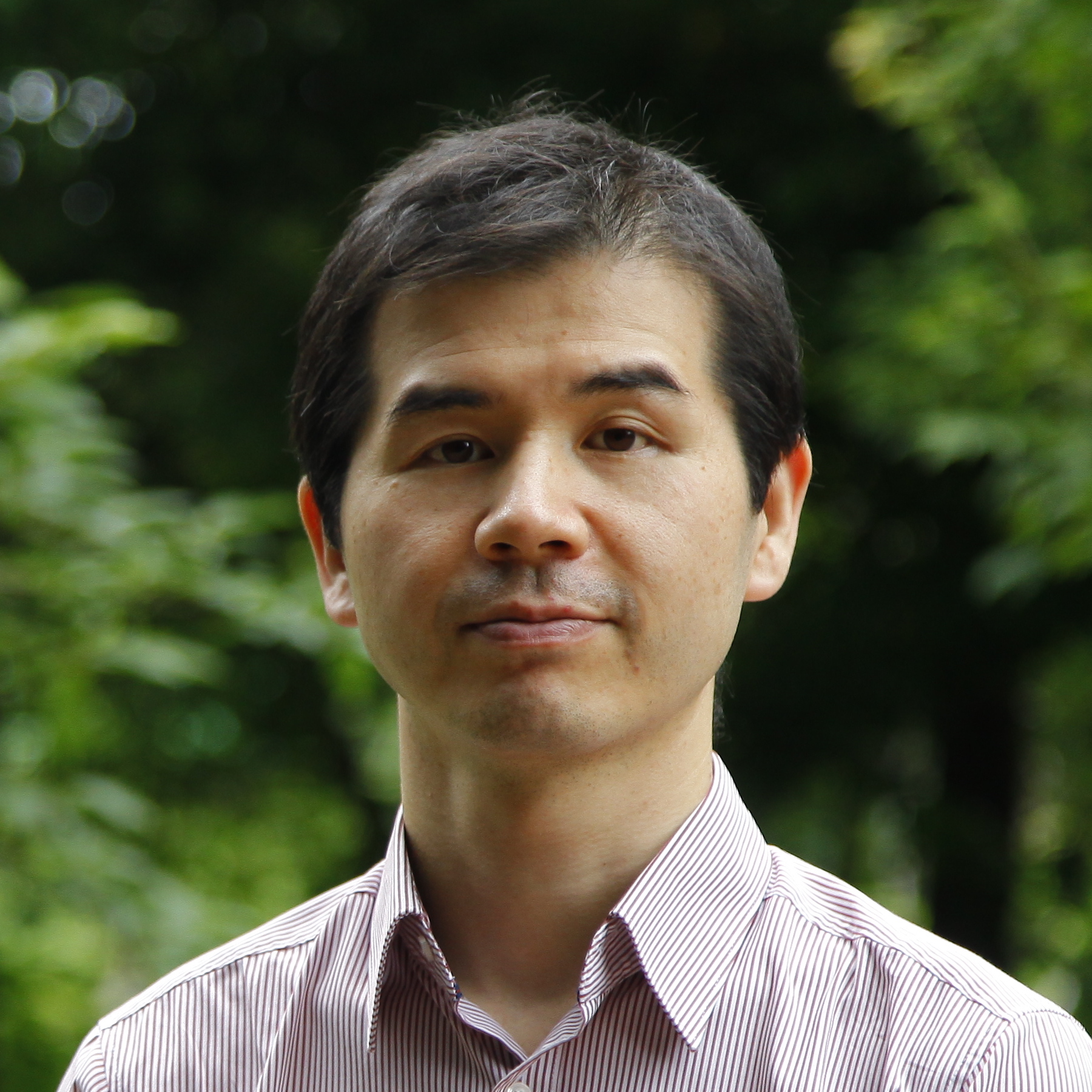
Neuroscience
Hirofumi Toda
-
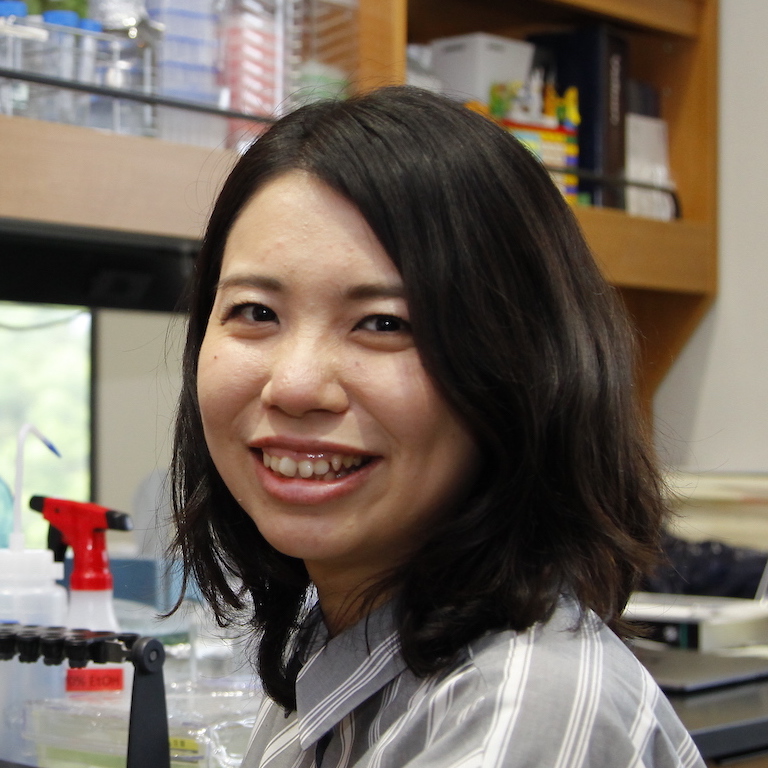
Neuroscience
Arisa Hirano
-

Neuroscience
Robert Greene
-
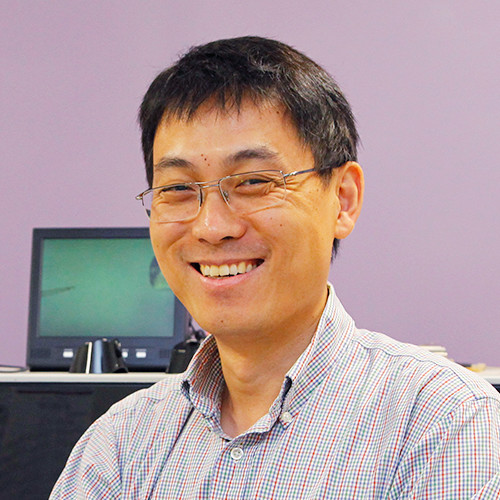
Neuroscience
Qinghua Liu
-

Drug discovery
Noriki Kutsumura
-

Drug discovery
Tsuyoshi Saitoh
-
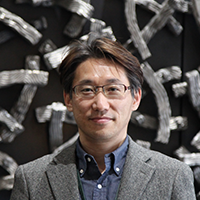
Human sleep
Tomohiro Okura
-
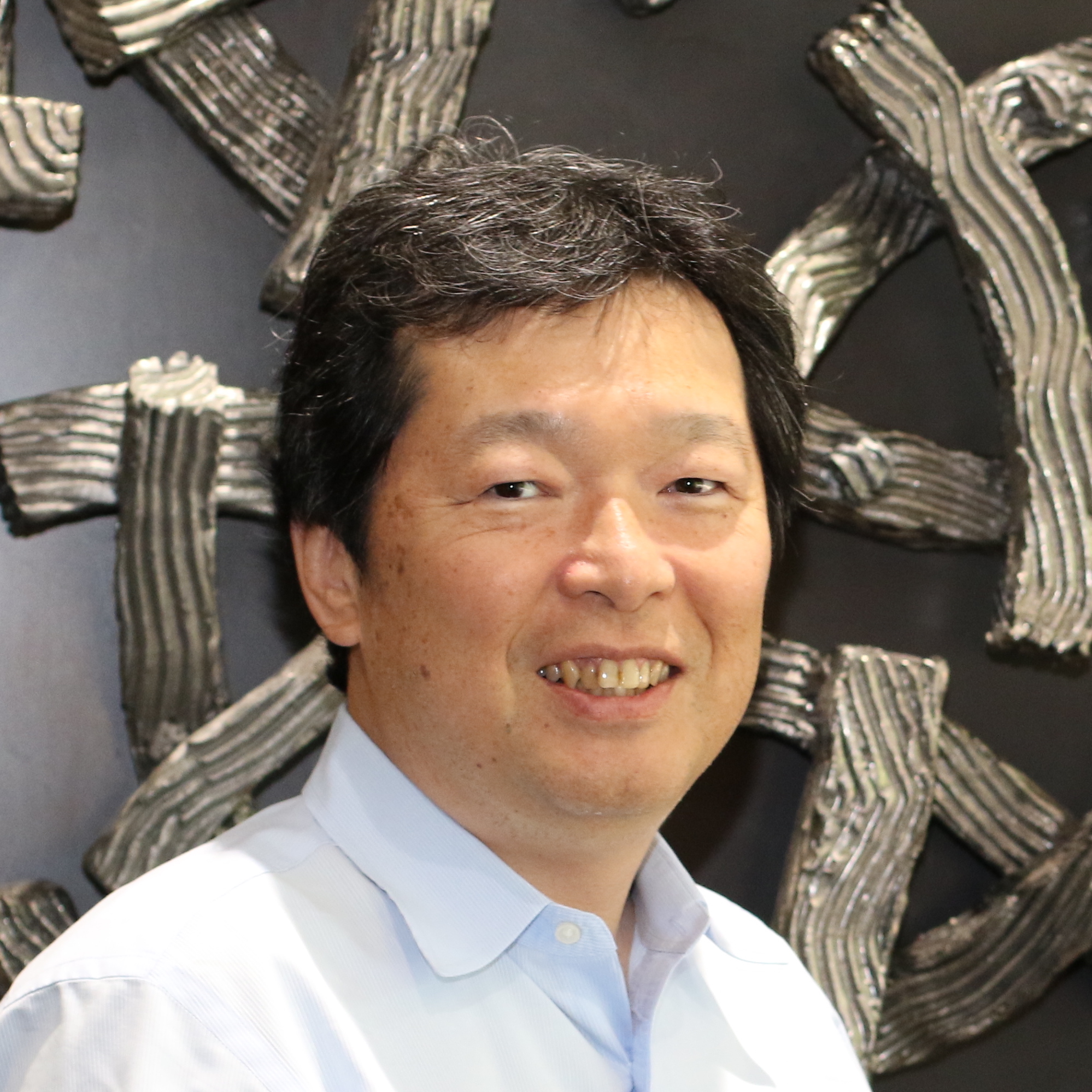
Human sleep
Takashi Kanbayashi
-
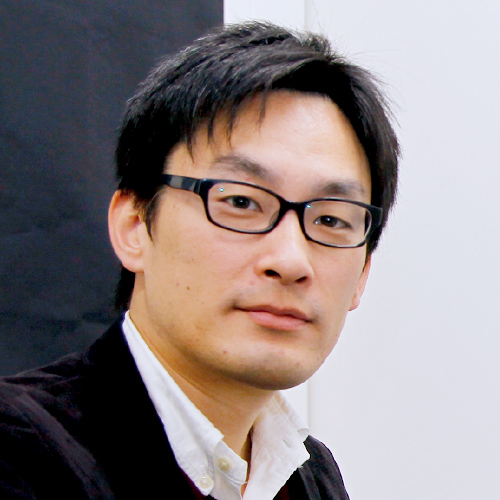
Human sleep
Takashi Abe
-
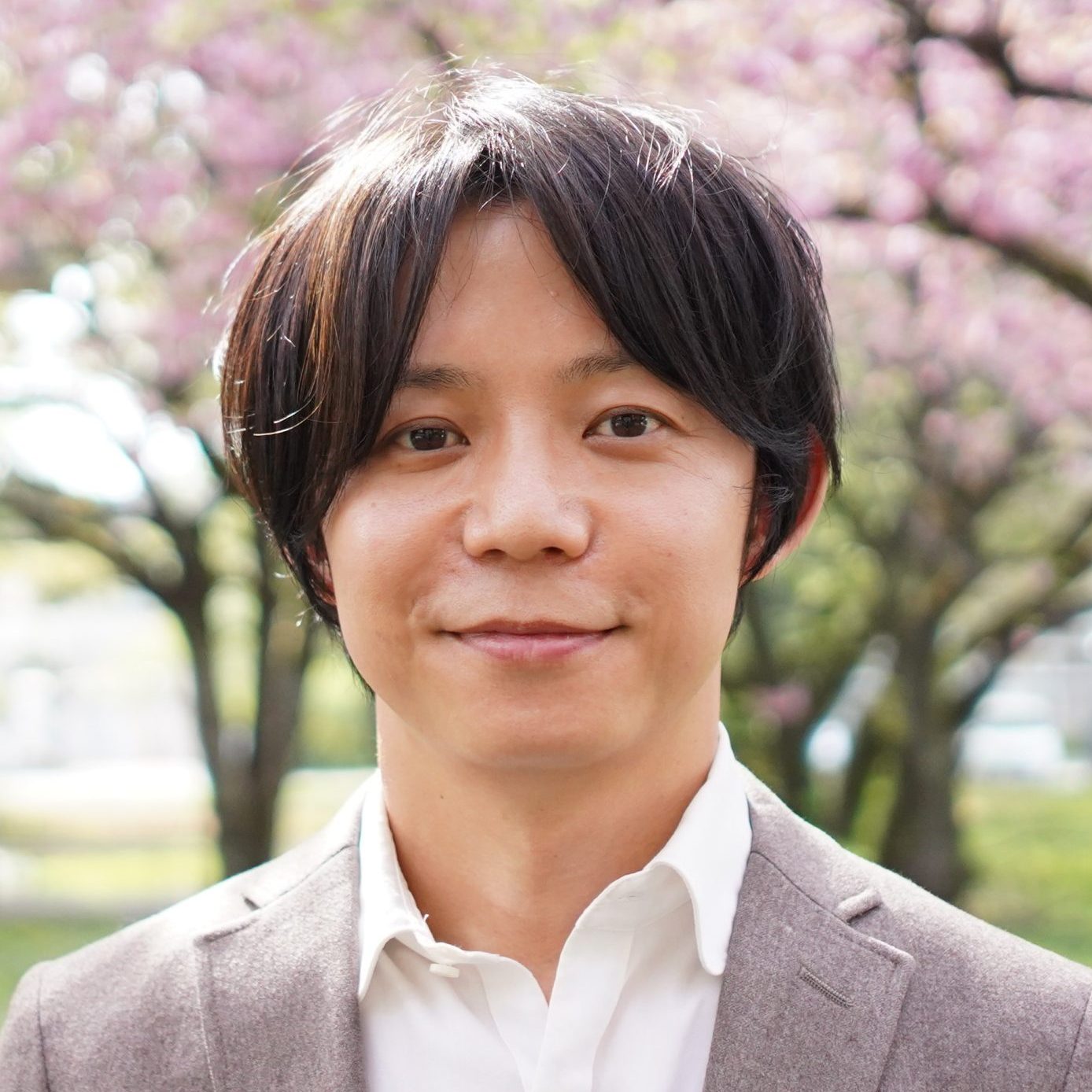
behavioral science
Shun Nakajima
-

Data Science
Hiroyuki Kitagawa
-

Data Science
Shoi Shi
-
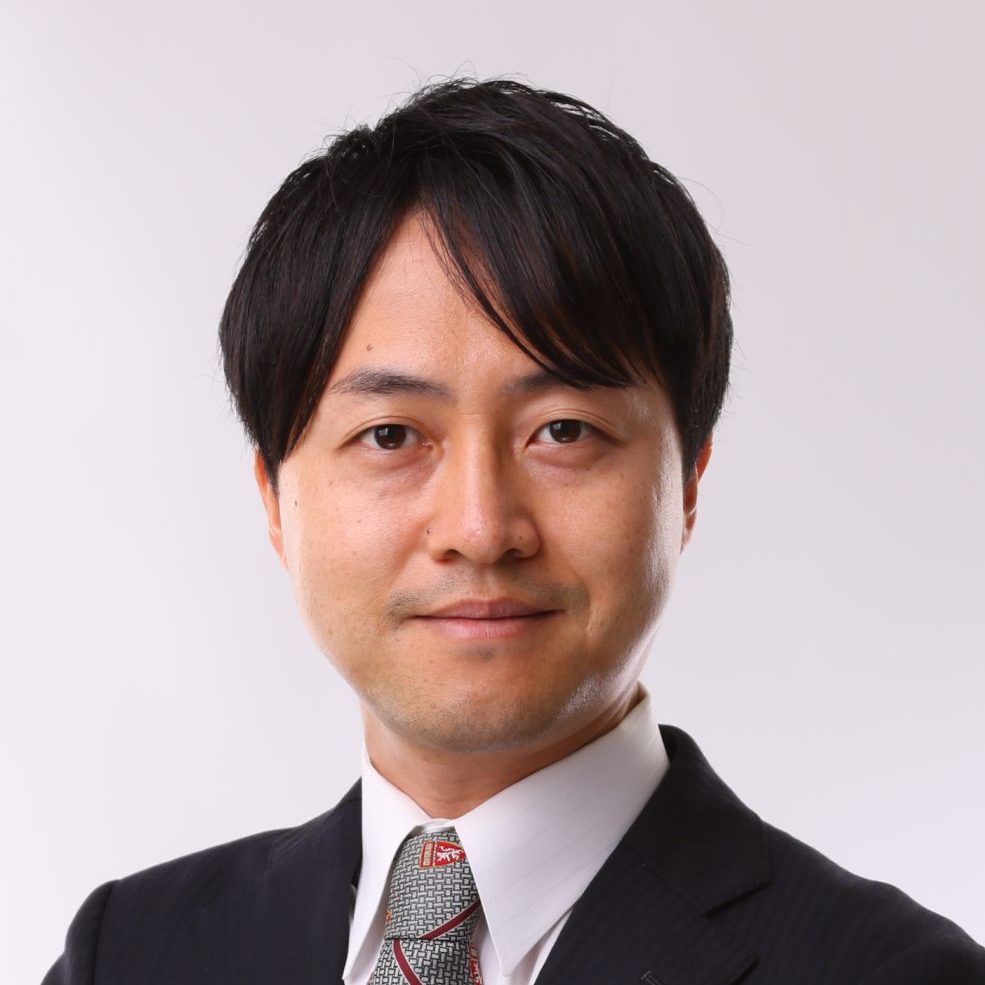
Data Science
Masao Iwagami
